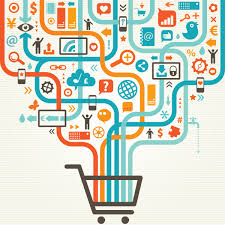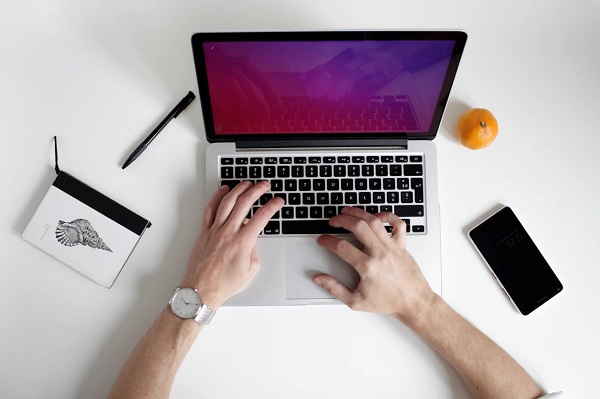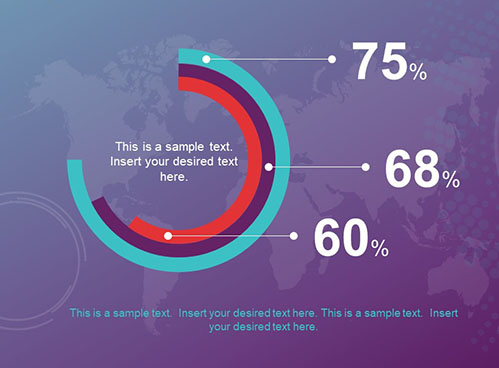I just got an email from an ecommerce website: they are offering a discount of 30% over and above the regular discounts for this weekend. I decided to check the site – on my phone – for a pair of casual shoes that I’ve been planning to buy.
There were 3640 options – which of course I could see at 4 images at a time. The ability to scroll was good – it feels natural to browse that way – but I had 900 screens to browse. I gave up, but wanting to buy a pair of shoes – decided to go to the website using my trusty mac.
– Far better – I can see 8 at a time – and scroll to see more.
– I can also filter by size – which got me down to 2680 options.
– I scrolled through about a 100 options – and then bought something – all the time wondering if I’d missed out on something better.
Sheena Iyengar – (check out her TED talk) has researched choice extensively and written a book called “ The Art of Choosing”. Her research says – If you are presented between 4- 6 options, not only are you likely to make a choice – but be happier about it. Absolutely, except of course that the 6 must be right for me.
We do this instinctively in stores – our gaze sweeping whole sections till we come across something that strikes us – a product, a brand – or perhaps even a section. Ask retailers – we have agonized over what we present and how – knowing that display and visual merchandising – can drive sales and conversions.
In stores, we’ve had a challenge of presenting merchandise that was not from the current season – and not trending. So what do you do with a customer who wants trousers with pleats – when most of what the store stocks are flat front trousers – because they are “in”. Ecommerce promised a solution – endless aisles – with every product somewhere in the database – and created a new one. Navigation and Search. Being able to see 8 images on a page (and 4 on a mobile), how do we make it easy for customers to find what they’d like.
Amazon gets a third of its $70 bn in sales from its recommendations. Over 65% of movies seen on Netflix – are based on what’s recommended to them. How do they do it?
Analytics – and Big Data hold the key. By understanding patterns of what customers buy – a retailer can make personalized recommendations available to them. Some retailers have been using recommendations for a while (most still don’t). Using only the data that they have – sales data – can create a filter bubble. As a customer you get products similar to what you’ve bought – If you buy a blue, striped shirt – you would get emails offering you blue shirts, striped shirts and blue striped shirts. The use of data from outside – external data – offers a way to break out of this filter bubble – and its possible now to combine – internal and external data to make guided choices available to customers. (Crayon Data – a Singapore based Big Data startup does just this using its Choice Engine called Simpler Choices).
What does this mean for us as customers? At a time when information is exploding around us – and we have lesser and lesser time to make decisions, Choice Engines can help. While privacy is debated every day, it’s a reality that we routinely put our names and addresses – and store credit card numbers with companies like Apple and Amazon for the ease of ordering. Clearly, if we get value – and we trust the retailer – we are willing to share information.
I was gifted my first pair of Nike’s when I was 24. And I remember a time when there were three choices in car’s in India. Since then we’ve come a long way. We’ve gone past the problem of availability – particularly with ubiquitous internet access. Having crossed over from scarcity to abundance, the problem of the future is one of discovery.
A study sometime back showed that most people had listened to just 16% of the songs on their ipod’s. With storage becoming almost free – and content increasingly being on the cloud, is there a future when ownership will become meaningless? Will we stream books, music and media – and pay for what we consume – or pay a subscription for an “all you can eat” model? It certainly seems to be heading that way. Of course that potentially makes every book and song in my “library” and makes choice even more painful.
Clearly, we are in the age of abundance – and the problem of the future is going to be one of choice – of enabling discovery. Retailers who get this – are going to be the winners.
@SOURCE

25 Recommender Algorithms, Packages, Tools, and Frameworks: Your Gateway to Exploring Personalized Recommendations
In...







![60 stats & trends that will define the future of eCommerce [Infographic]](https://crayondata.ai/wp-content/uploads/2022/05/eCom-374x288-1.png)
